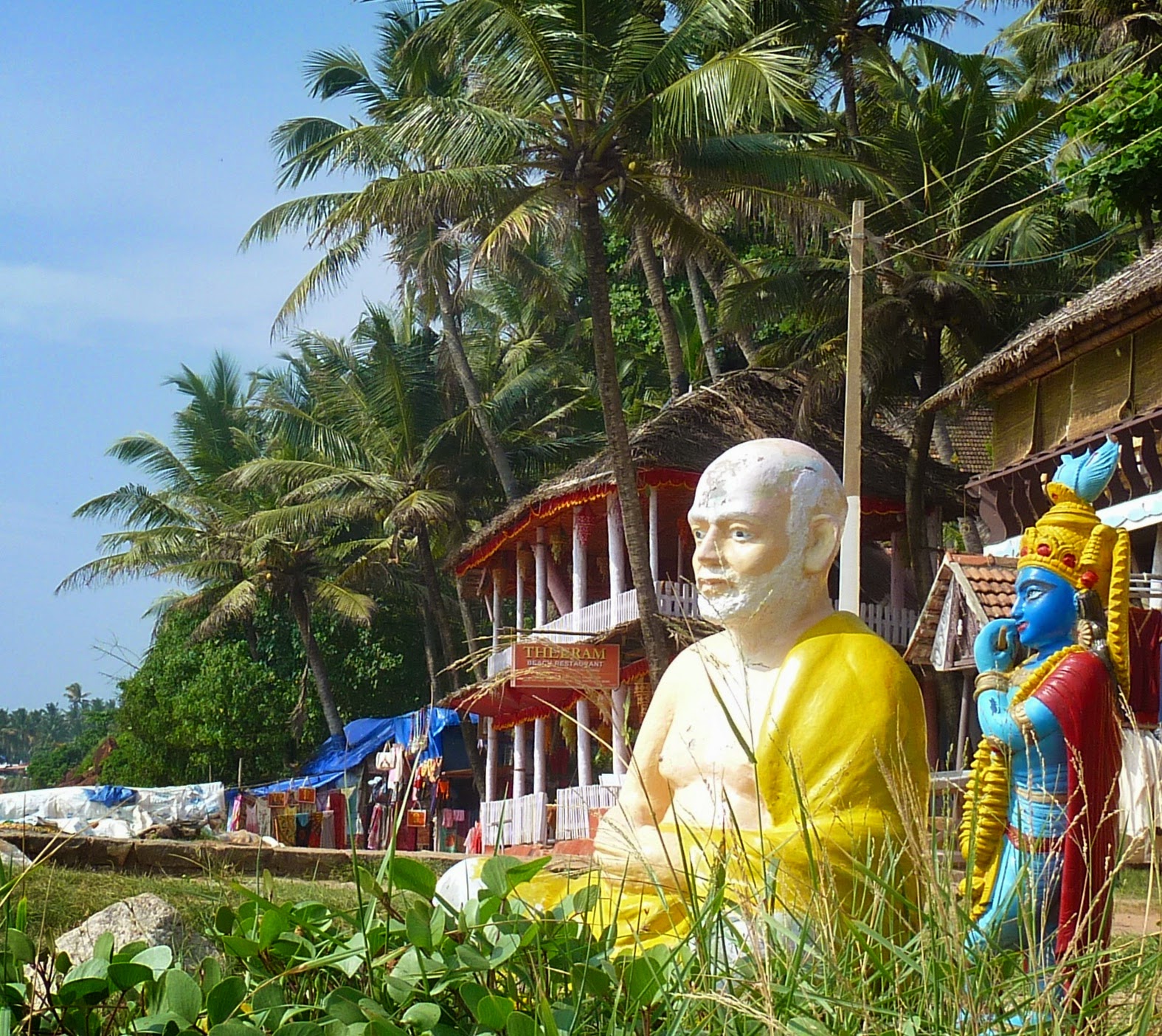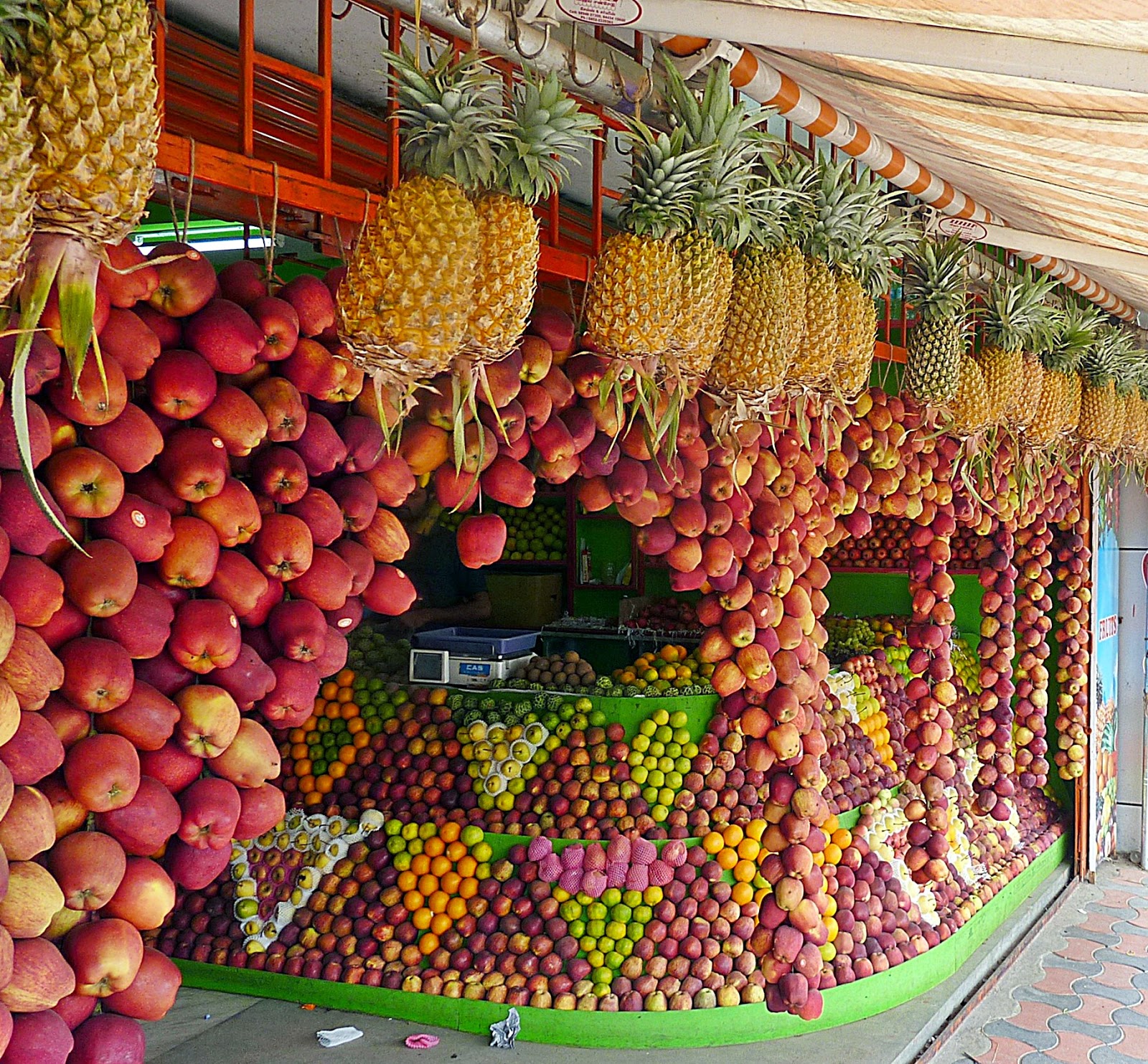I
have now reached the final entry of this blog. Nothing profound. Back in Canada
and preparing for a family Christmas, I cast my mind back to India, half a
world away, to the noise, chaos and passion of people lives as they compete to
survive in the world’s largest and very crowded democracy. At the beginning of
this blog I used the phrase ‘India—not
for the faint hearted’ and that phrase sticks with me, even more so after
having experienced the sub-continent close-up and personal for the past 3
months. I come away with the feeling that the country’s greatest asset is its
people, quick to smile and insatiably curious---the cry of “what country you
come from?” still ringing in my ears from being asked the question a thousand times.
My
observation is that India is chronically conservative in its social and
religious structures. I witnessed first-hand, protests by women against
harassment and for a stronger role in society, of chaos on the roads, the
acceptance of dumping foul refuse any and everywhere and a bureaucracy that
seems to be out of control. With massive unemployment and under-employment,
there is certainly an available labour force to clean- up the nation –all that
is required is a national consensus to undertake the task. New prime-minister
Modi seems to be attempting to push his people in the right direction. To
paraphrase, India is a country that should not function---but it does!
Independent tourist type travel to India, except for the young persons
back-packer variety, should not be undertaken lightly. Logistically, my trip
was successful, as I did undertake extensive pre-planning, although this did
result in some lack of the spontaneity of unstructured travel. I know that I
did miss some interesting sights en route and was unable to deviate from rigid
advance hotel and railway reservations. On the positive side, I did avoid
countless hours waiting in long queues at rail station ticket booths, supplying
reams of useless details of my life to make ‘on the spot’ rail reservations.
Never did I have to trudge the streets of
(very) strange cities, late at night trying to secure a hotel room. I
always felt, as a ‘foreigner,’ that I was welcome in India—people were quick to
offer me a friendly smile and point out the routing, ---even if sometimes I
could barely understand their version of the English language. My thanks to all
who agreed to let me take their photographs as they went about their busy work
schedules.
As an
Englishman, I was disappointed at what I perceived to be as a lack of an Indian
sense of connection to Britain. The younger Indians that I met seemed to regard
the UK indifferently, as just another condescending European country, whereas
the older people seemed to have quite negative feelings about the humiliations
that they felt that they were subjected to, during the colonial/Raj era.
Thanks to
Indian Railways for the generally on time and comfortable service they
provided. I shall never forget the countless hours that I stood at the open
doorways of moving trains as the villages and fields rolled by.
Lastly and most importantly, I want to thank my wife Jian for her total
support of this project and who so unselfishly permitted me to go foot-loose
for three months, so far away from home; who so uncomplainingly picked up
domestic duties like grass cutting and snow clearing in my absence, who
brightened my everyday with a bright and cheery e-mail. Thanks always Jian.















































